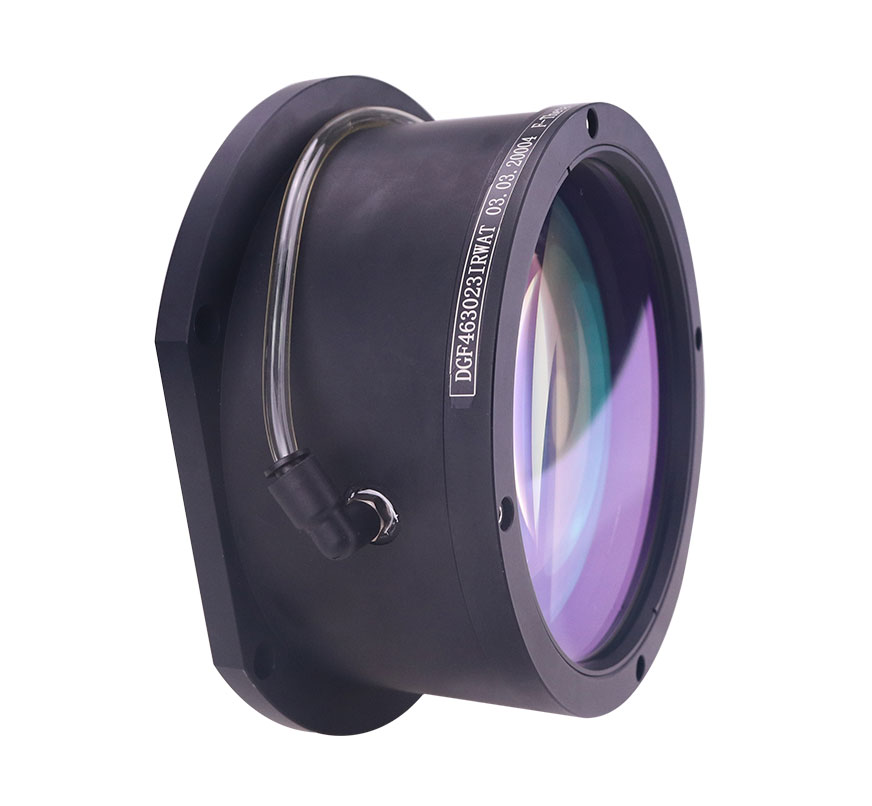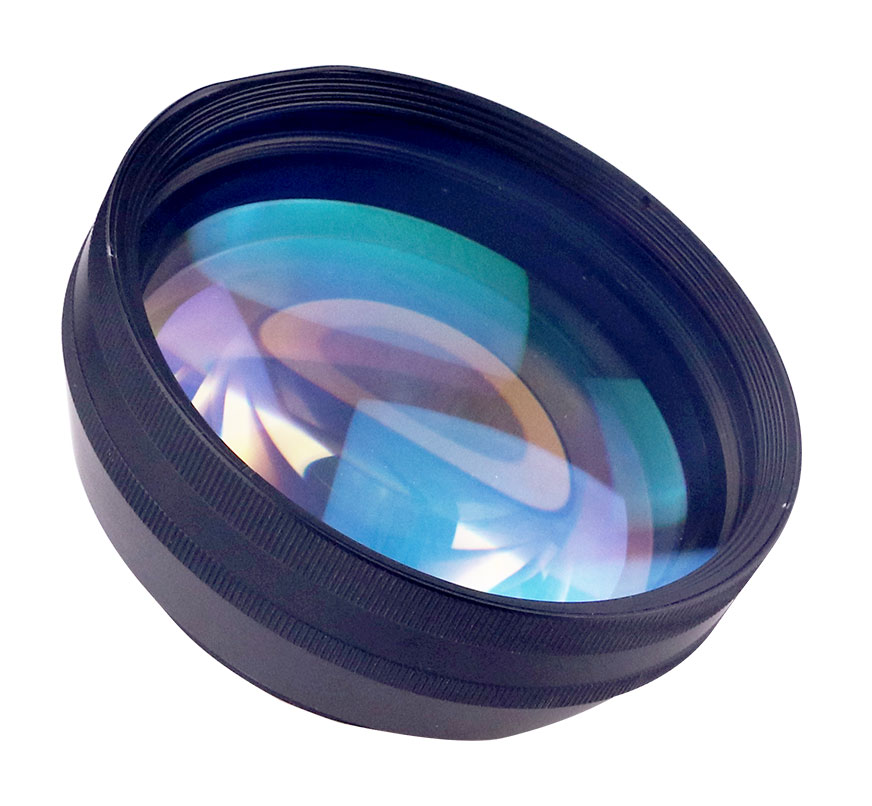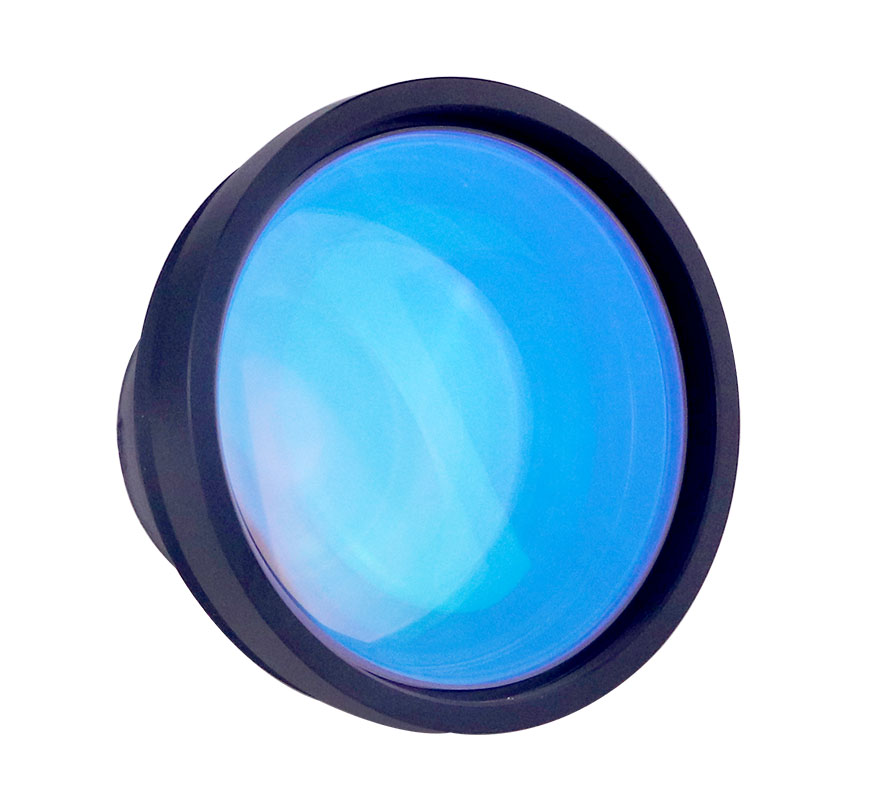Exploring the intricacies of F-theta lenses reveals their crucial role in laser systems, particularly in applications like laser marking. Understanding the types and functionalities of F-theta lenses is vital for optimizing laser processes. Let's delve into the world of F-theta lenses and their applications.

F-theta lenses, categorized as flat field lenses, play a pivotal role in laser systems, specifically laser marking machines used in various industrial applications. Unlike telecentric lenses designed to eliminate aberrations, F-theta Lens are tailored to achieve a consistent image magnification within a specific object distance range.
In industrial laser applications, especially in laser marking systems, flat field lenses are predominantly chosen due to their ability to maintain a consistent image quality across the entire marking plane, even when the marked objects are not on the same plane. This feature becomes paramount for achieving precision in machine vision scenarios where lens distortion requirements are stringent.

Flat Field Lens
For monochromatic imaging, the image surface is flat, exhibiting uniform image quality with minimal aberration and no vignetting. The angular deviation of the incident light corresponds to a specific scanning speed, allowing for linear scanning with uniform image quality. The deviation position of the incident light beam is generally located at the front focal point in object space. This design ensures that the main rays on the image side are parallel to the optical axis, significantly enhancing on-axis and off-axis image quality while improving illumination uniformity.
However, in laser marking systems used in industrial applications, off-axis deflection can lead to off-axis displacement or distortion on the marking plane compared to the ideal flat surface. F-theta lenses aim to form a uniformly sized focused spot of the laser beam across the entire marking plane, making them one of the critical components in laser marking machines.
Telecentric F-theta Lens
Telecentric F-theta lenses undergo special design considerations to ensure that the entrance pupil is at the front focal point of the lens system, resulting in the main rays of the focused beam being perpendicular to the focal plane at any field of view angle. This telecentricity is vital in applications where precise measurements are conducted, as it prevents variations in magnification when objects move in and out of the field of view.
In a single-axis system, the entrance pupil is located at the lens, while in a dual-axis system, it is positioned at the midpoint between the two scanning mirrors. The two main types of telecentricity are object-side telecentricity and image-side telecentricity, with the former being more commonly used in precision measurement systems. The measure of telecentricity is known as telecentricity degree.

When selecting F-theta lenses, several technical parameters come into play, including the working wavelength, entrance pupil, scanning range, and focused spot diameter. Each of these factors contributes to the overall performance and effectiveness of F-theta lenses in laser systems.
Understanding the nuances of F-theta lenses allows for informed decisions in choosing the right lens for specific applications, ensuring optimal performance and precise laser processes in various industrial settings.